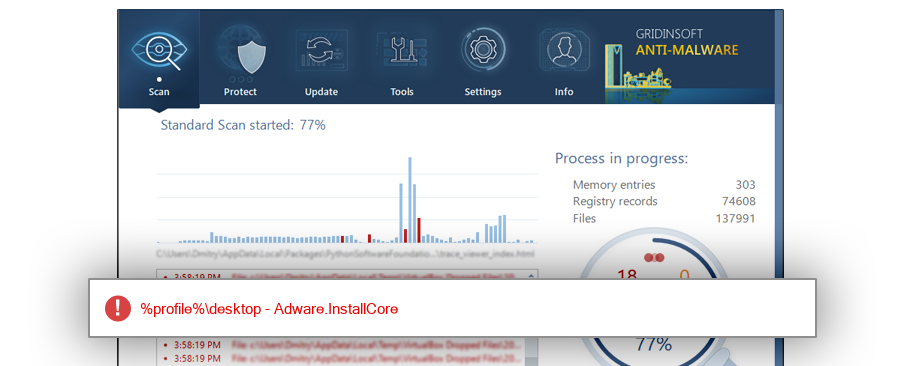

Product Type: Allows you to choose the Microsoft Product (determined by Application ID), that the following KMS PID will apply to. KMS Client Renewal Interval: Set the timer in minutes to how long already activated KMS Clients will wait before trying to reactivate against the KMS Server.įorce Open KMS Port by Terminating Processes: Kill any processes using the KMS Port so you can run KMS Server Service on that port. KMS Client Activation Interval: Set the timer in minutes to how long unactivated KMS Clients will wait before trying to activate against the KMS Server. KMS PID to Use (Global Default): Allows you to set what KMS Extended PID should be used by this service when sending KMS activation responses to KMS Client applications. Any clients using this service must use this KMS Port. KMS Port to Use: Allows you to set what KMS Port the KMS Server Service will listen on. NOTE: This is only performed if KMS Activation fails, allowing KMS Emulator to silently fail and a KMS Server Virtual Machine to be used. Unless you have a real KMS server or a network host running a KMS Emulator or Server you will want this enabled.ĭelete KMS Host/Port After Run: Removes the KMS server name and port from the registry after KMS activation.įorce Open KMS Port by Terminating Processes: Kill any processes using the KMS Port so you can run KMS Emulator on that port. If a KMS Server or KMS PID fails Genuine Validation, this Setting will need to be an unblocked KMS PID.Īctivate Using KMS Emulator: Uses KMS Emulator to perform KMS activation. NOTE: You cannot change the KMS PID used for KMS Activation for real KMS Servers.
#Microsoft toolkit 2.5.3 windows#
NOTE: The Office PID is used when activating Office based products and Windows PID when activating Windows based products. You can pass a valid KMS PID, the string DefaultKMSPID to use a hardcoded default, or RandomKMSPID to generate a random string matching the KMS PID format. KMS PID to Use: Allows you to set what KMS Extended PID should be used by KMSEmulator when attempting KMS activation.Ĭhanging the PID can help fix persistent KMS activation failure or KMS failing Genuine Validation, but in most cases you want to leave this alone. NOTE: The Office KMS Server/Port is used when activating Office based products and Windows KMS Server/Port when activating Windows based products. KMSEmulator will use this port but it must be open on your PC, or the process using it may be terminated. Whatever the numerical box says will be the used port. Unless you have a real KMS server or a network host running a KMS Emulator or Server you will want this set to 127.0.0.2. KMS Server/Port to Use: Allows you to set what KMS server and port should be used when attempting KMS activation.
#Microsoft toolkit 2.5.3 full#
Verify TAP Adapter IP was set to avoid invalid IP parse exceptionsįull Changelog > Or Full Changelog > Set MediaStatus=1 on IP Change or TAP Listener Start

Restart TAP Adapter if we change IP Address or set MediaStatus
#Microsoft toolkit 2.5.3 install#
Enable All Disabled TAP Adapters on Install Check Detect TAP Adapters with numbers (#2) in the name Always use IP Configuration in new LocalHost Bypass Settings Added WinDivert as a LocalHost Bypass method Windows Vista or Later for Windows Toolkit Support Microsoft Office 2010 or Later for Office Toolkit Support For information about individual functions, see the program readme. The Microsoft Office Setup Customization Functions (Customize Setup Tab), AutoKMS Uninstaller (if AutoKMS is installed), AutoRearm Uninstaller (if AutoRearm is installed), Office Uninstaller and Product Key Checker work even if Microsoft Office or Windows is not installed/supported. All functions are run in the background and the GUI is disabled to prevent running multiple functions, as they could conflict or cause damage if run concurrently. All output from these functions is displayed in the Information Console. This is a set of tools and functions for managing licensing, deploying, and activating Microsoft Office and Windows.


 0 kommentar(er)
0 kommentar(er)
